14 Simple Ways to Reduce Waste While Cooking
Cooking at home can be both enjoyable and environmentally friendly when you make small changes in the kitchen. Simple habits can help reduce waste and make better use of the food you buy. From reusing leftovers to finding creative ways to store produce, every effort counts. These ideas can help you save money while being kinder to the planet. It is all about making the most of what you already have.
This post may contain affiliate links, which helps keep this content free. Please read our disclosure for more info.
Turn Vegetable Scraps into Homemade Broth
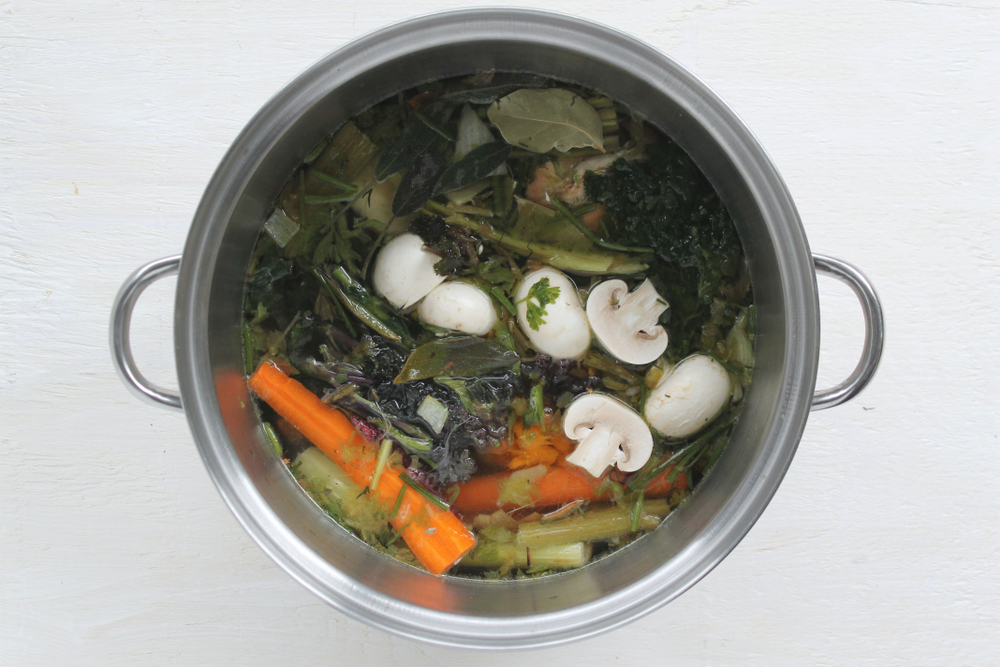
Instead of throwing away onion skins, carrot tops, and celery ends, collect them in a container in the freezer. Once you have enough, simmer them in water to make a flavorful broth. This broth can be used for soups, stews, or as a base for grains. It is a simple way to reduce waste and get more from your vegetables.
Homemade broth is free from unnecessary additives and can be adjusted to your taste. You can add herbs, garlic, or spices to match the dishes you plan to make. The process is quick and requires very little effort. Using scraps this way turns what might be waste into a valuable kitchen staple.
Give Leftover Rice a Second Life
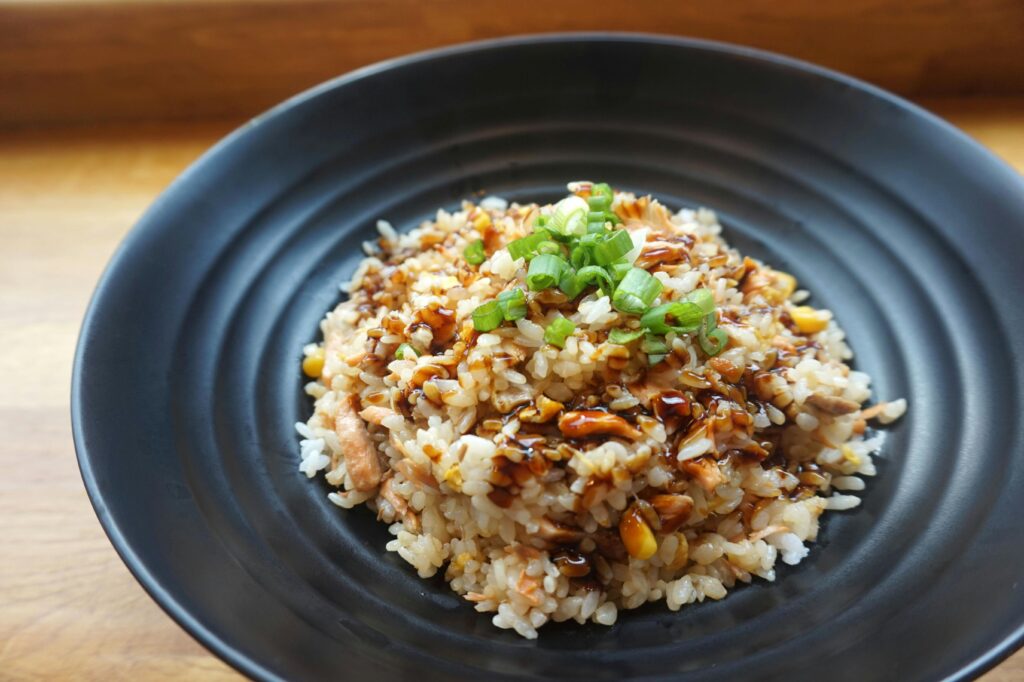
Cooked rice can easily dry out in the fridge, but it is perfect for fried rice. Add vegetables, egg, or protein for a quick meal. Another option is to turn it into a comforting rice porridge by simmering it with water or broth. Both dishes are quick and filling.
This hack saves you from throwing out perfectly good food. You can also season it differently each time to keep it interesting. Storing rice in small portions makes it easy to reheat. Making use of leftover rice helps you get more from what you cook.
Preserve Fresh Herbs by Freezing in Oil or Butter
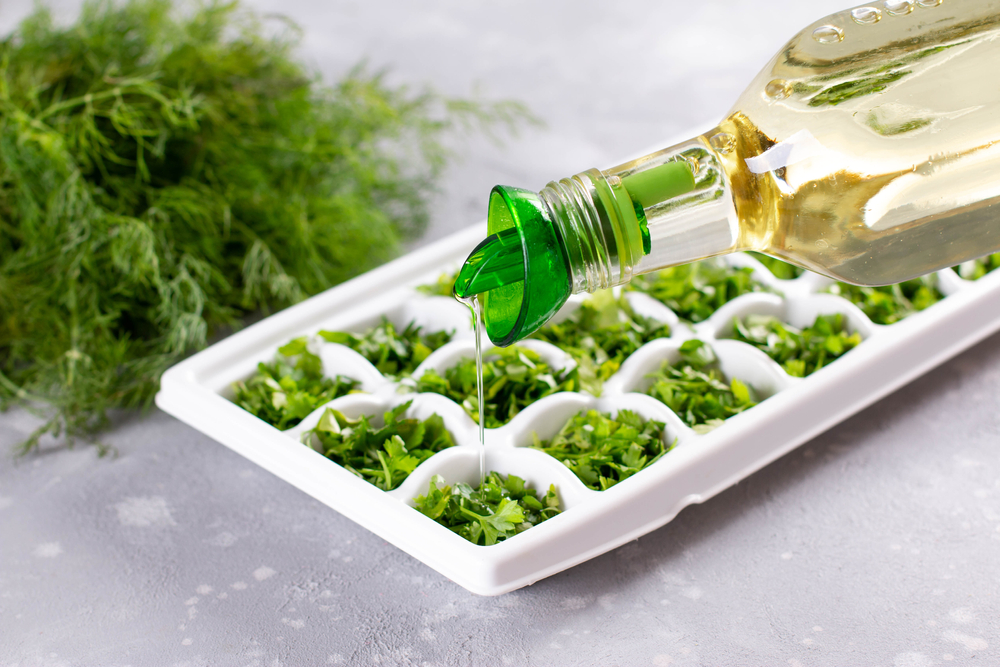
Fresh herbs can wilt quickly, but you can preserve them by chopping and freezing them in ice cube trays with oil or melted butter. These cubes can be added directly to pans for cooking. This method works well for herbs like parsley, basil, and rosemary. It keeps the flavor strong for weeks.
The cubes are handy for quick meals when you do not have fresh herbs on hand. They work in soups, sauces, and stir-fries without extra preparation. This method reduces waste while saving money on buying herbs too often. It is a simple solution for keeping herbs fresh longer.
Repurpose Stale Bread into Breadcrumbs or Croutons
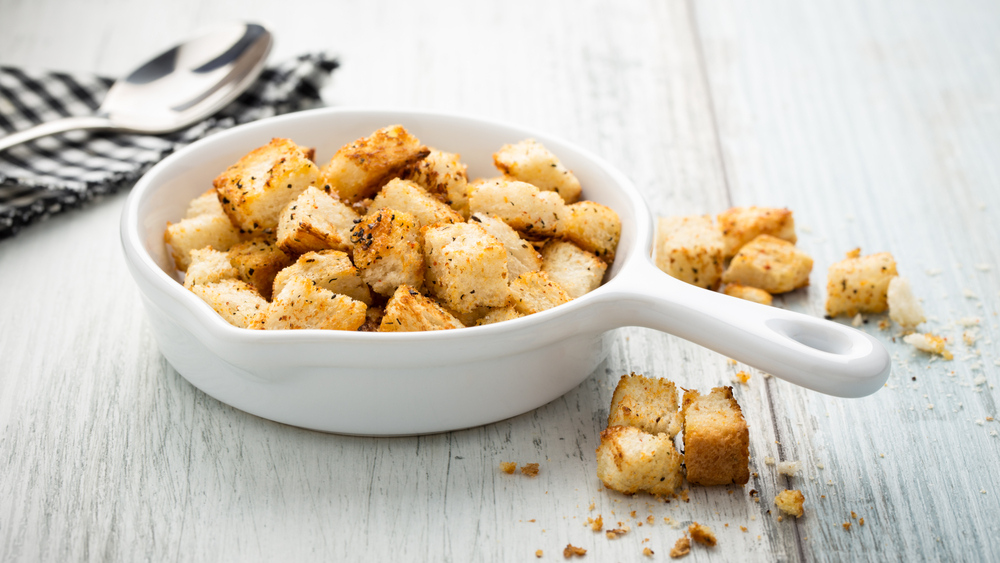
Bread that has gone slightly hard can be turned into breadcrumbs for cooking. Simply dry it out in the oven and blend it into crumbs. You can also cut it into cubes, season it, and bake for crunchy croutons. Both options are useful for adding texture to dishes.
Breadcrumbs can be stored in a jar for coating meats, topping casseroles, or thickening soups. Croutons work well in salads and soups. This hack keeps bread from going to waste while adding value to your meals. It is a tasty way to reuse something that might otherwise be thrown away.
Plan Recipes Around Foods That Spoil Quickly
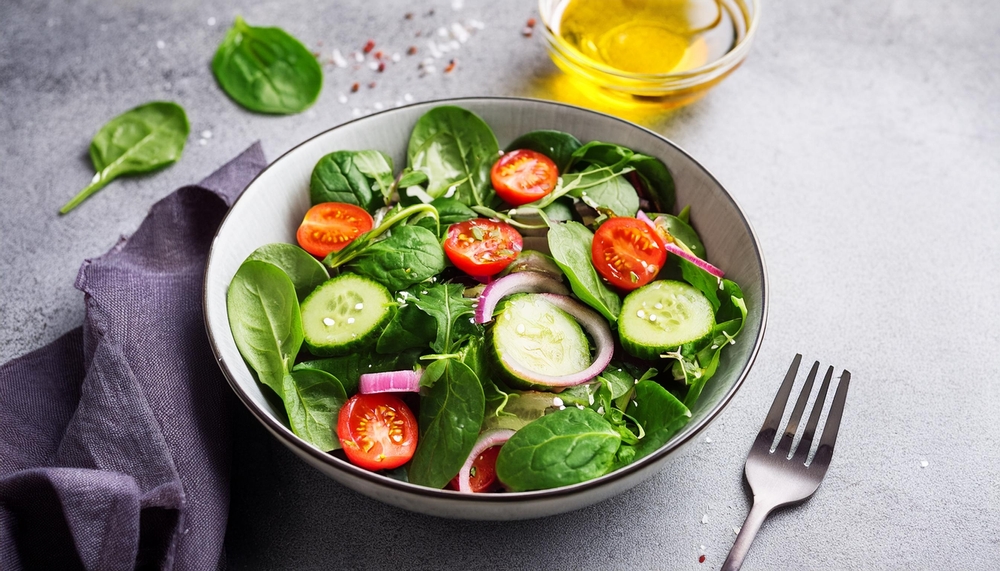
Check your fridge regularly and plan meals to use items before they spoil. This reduces the chance of fresh produce going bad. For example, a large bunch of spinach can be used in salads, pasta, and omelets within the same week. You get variety while preventing waste.
This habit also helps you shop more wisely, buying only what you will actually use. It works well when paired with making a simple weekly menu. By cooking with what you already have, you can save both money and ingredients. It is a practical way to keep your kitchen running smoothly.
Keep Produce Fresher with Proper Storage Methods
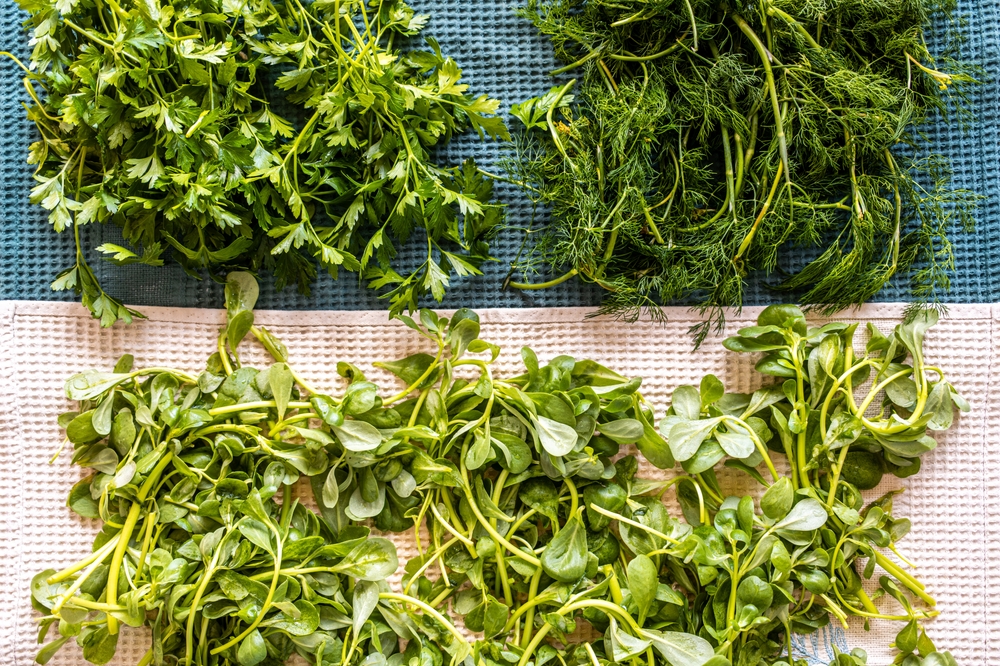
Different fruits and vegetables stay fresh longer when stored in the right way. Leafy greens last longer when wrapped in a damp towel inside a container. Root vegetables like carrots and beets keep well in a cool, dry place. Tomatoes should be kept at room temperature for better flavor.
Knowing how to store each type of produce prevents unnecessary waste. You can label containers to keep track of what needs to be used first. This also helps you avoid buying duplicates. Storing food properly means it stays fresh and ready to eat for longer.
Regrow Fresh Vegetables from Kitchen Leftovers
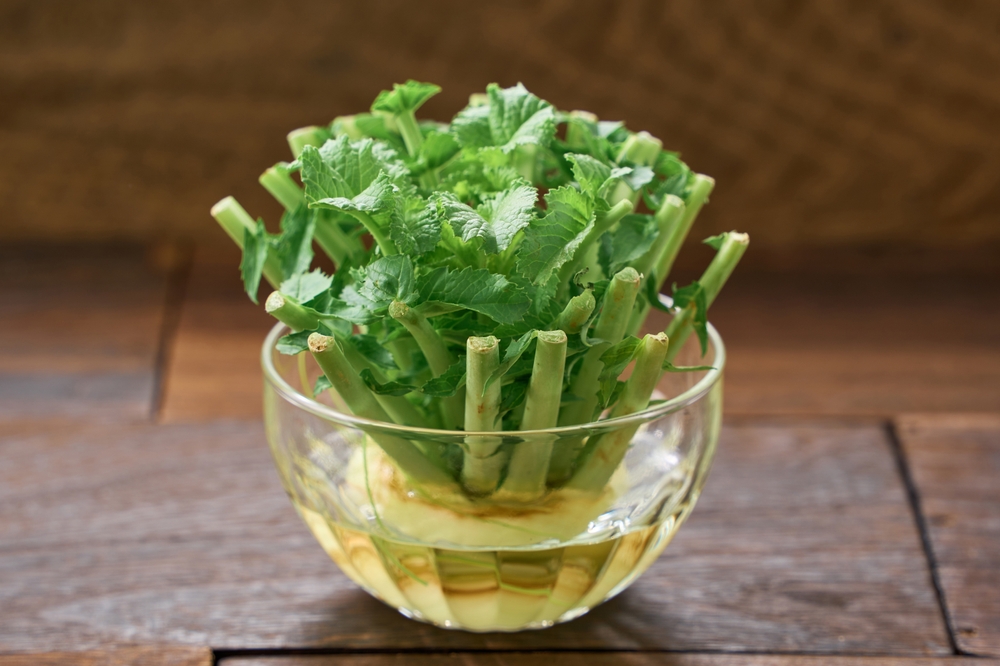
Many vegetables can grow back from parts you would usually throw away. Green onions will regrow when placed in water, and lettuce can sprout new leaves from its base. Herbs like basil can root in water before being replanted. This adds freshness to your kitchen without extra cost.
Regrowing vegetables is easy and requires little space. Even a sunny windowsill can provide enough light for new growth. It is a fun way to get more from the food you buy. You can enjoy fresh greens while reducing waste.
Blend Overripe Fruit into Smoothies
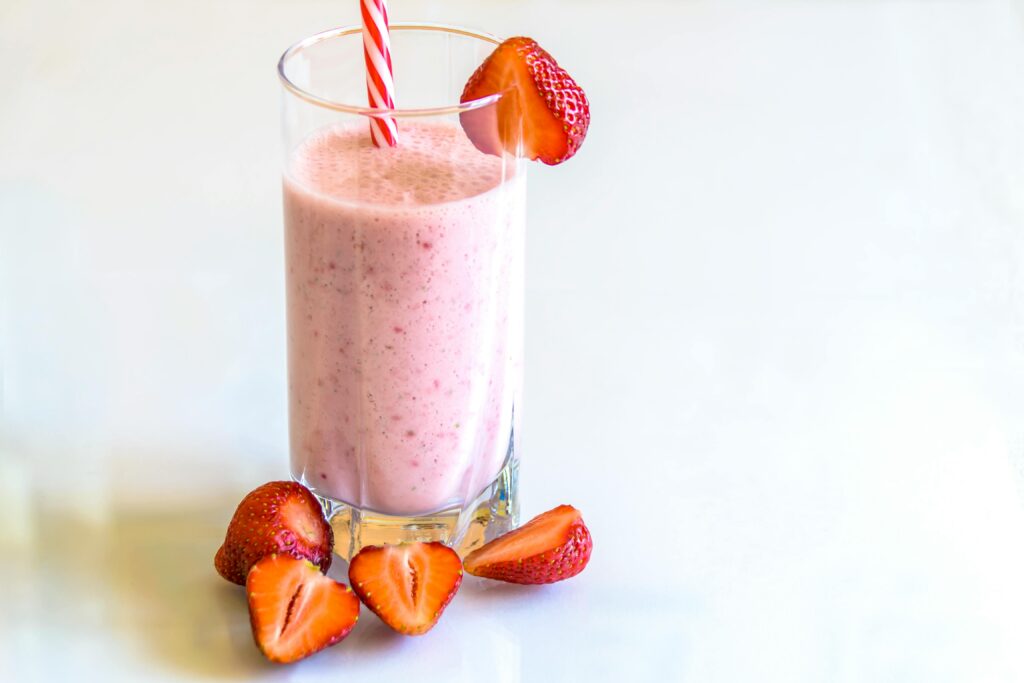
Bananas, berries, and mangoes that are too soft for eating fresh are perfect for smoothies. Freeze the fruit in portions and blend when ready. You can add yogurt, milk, or juice for a creamy drink. This gives new life to fruit that might otherwise be thrown out.
Smoothies are a quick breakfast or snack option. They can be customized with nuts, seeds, or greens for extra nutrition. Freezing fruit also means you always have ingredients ready for a cold drink. It is a simple way to cut waste and enjoy a healthy treat.
Add Vegetable Purees to Baked Goods
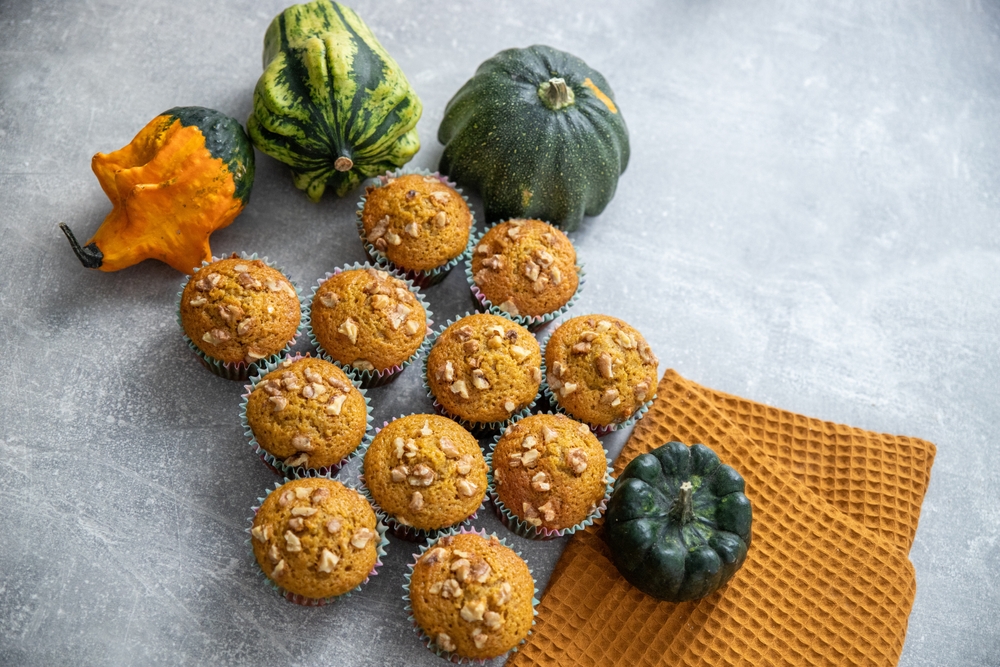
Vegetables like pumpkin, zucchini, and sweet potato can be pureed and added to baked goods. This adds moisture and nutrition to breads, muffins, and cakes. It also helps use up extra produce. Even picky eaters may enjoy these hidden vegetables.
Purees can be frozen in portions for later use. They are easy to mix into recipes without affecting the flavor too much. This is especially useful when you have extra vegetables from the garden or market. Baking with purees reduces waste and creates tasty results.
Use Citrus Peels for Zest and Flavor

The zest from lemon, lime, or orange peels adds brightness to both sweet and savory dishes. You can also dry the peels and grind them into powder for seasoning. Another option is to infuse peels into vinegar for cleaning or oil for cooking. These uses keep peels from going to waste.
Citrus zest works well in salad dressings, marinades, and baked goods. Dried peels can be stored for months in an airtight container. Using every part of the fruit makes the most of your purchase. It is an easy way to add flavor while reducing food waste.
Make Flavorful Stock from Meat Bones
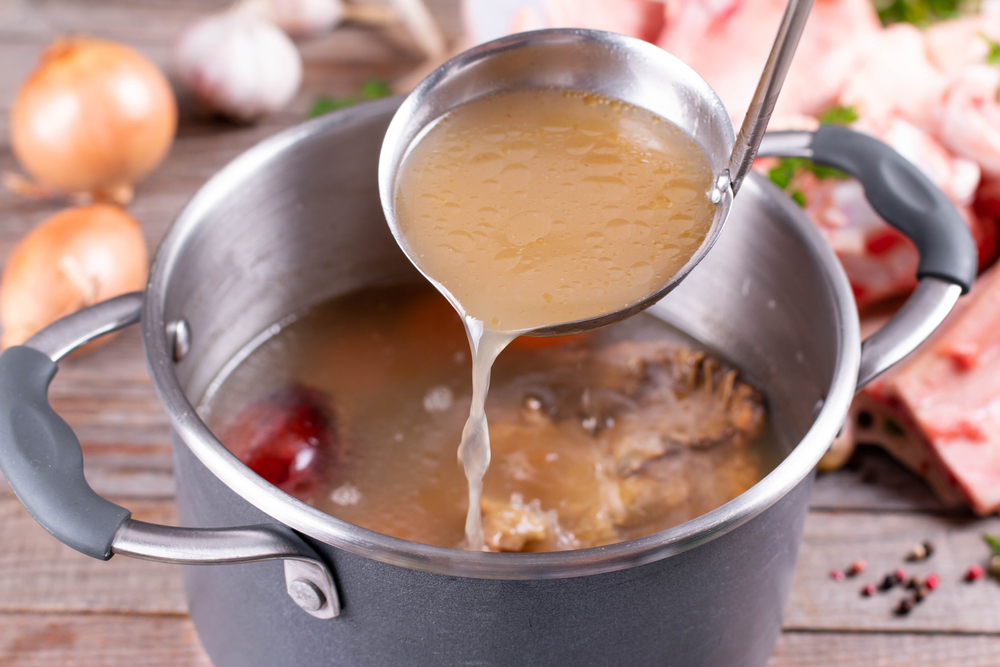
After roasting chicken or cooking beef, save the bones to make stock. Simmer them with water, herbs, and vegetables for several hours. The result is a rich broth that can be used for soups and sauces. This method extracts flavor and nutrients from something you might throw away.
Bone stock can be frozen in containers or ice cube trays for later use. It is a base for many recipes and adds depth to simple meals. You can even mix different bones for unique flavors. This is a traditional and waste-free way to cook.
Batch Cook and Freeze Meals for Later
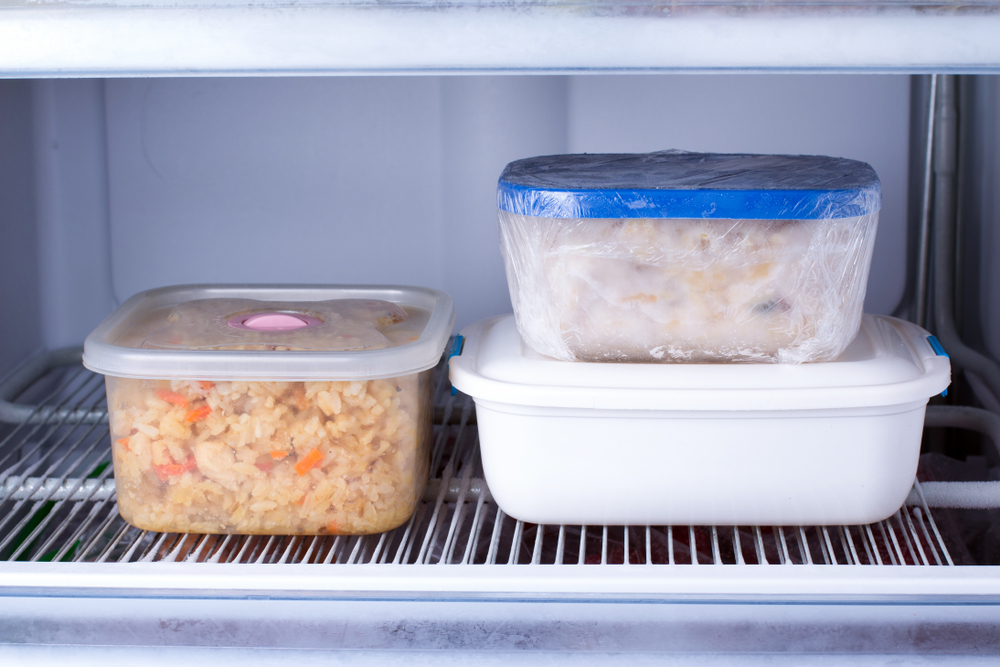
Cooking larger amounts and freezing portions can save both time and ingredients. This works well for soups, stews, pasta sauces, and casseroles. You can take out only what you need, avoiding spoilage. It also makes weeknight dinners quicker.
Label containers with the date so you use older meals first. Freezing food in meal-sized portions helps reduce waste from leftovers. It is a convenient habit for busy days. This approach keeps your kitchen organized while minimizing waste.
Reuse Cooking Water for Added Flavor
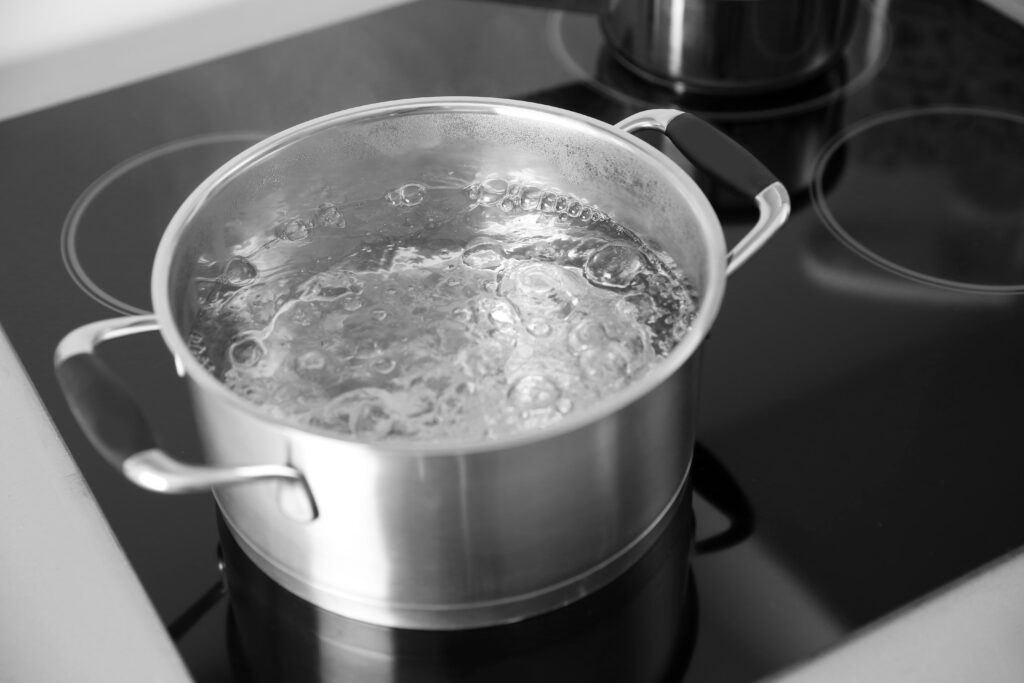
Water from boiling vegetables, pasta, or potatoes contains nutrients and flavor. You can use it in soups, sauces, or to cook rice. It adds extra depth without additional ingredients. Allow the water to cool before storing.
This habit makes good use of something that usually goes down the drain. It works best if you do not add too much salt during cooking. Storing it in the fridge means you have a ready-made base for another meal. Repurposing cooking water is a simple step toward less waste.
Turn Food Scraps into Garden Compost
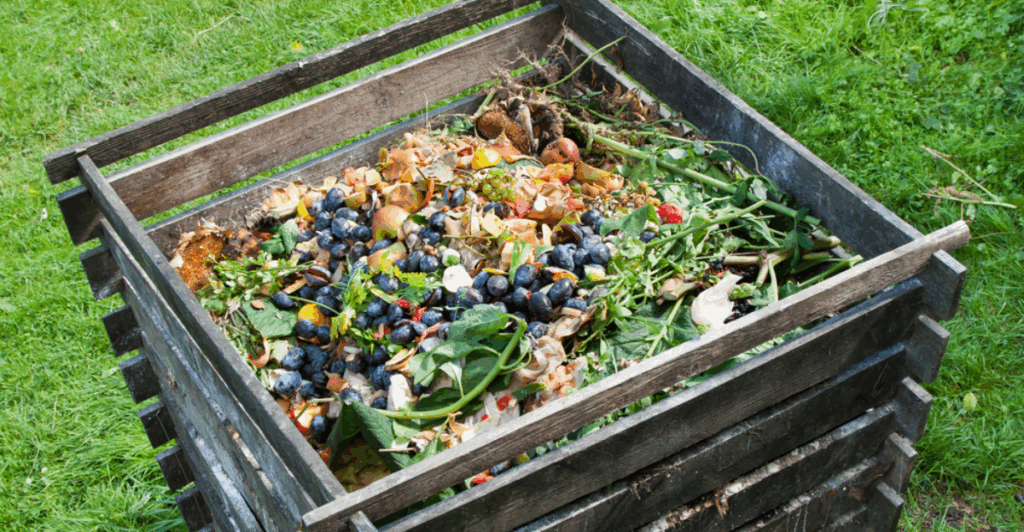
When you cannot reuse certain food parts, composting is the next best option. Fruit peels, coffee grounds, and vegetable scraps can break down into nutrient-rich soil. This benefits gardens and reduces the amount of waste sent to landfills. You can compost at home or use community programs.
Composting is simple once you have a designated bin or container. It can be done in small spaces with the right setup. Over time, scraps turn into a valuable resource for plants. This closes the loop on food waste in a natural way.
Reducing waste in the kitchen is easier than many people think. By reusing scraps, storing food correctly, and planning ahead, you can enjoy meals that are both flavorful and resourceful. These habits create a more sustainable cooking routine without feeling like extra work. Try incorporating them into your daily life and enjoy the benefits for years to come.
This article originally appeared on Avocadu.
